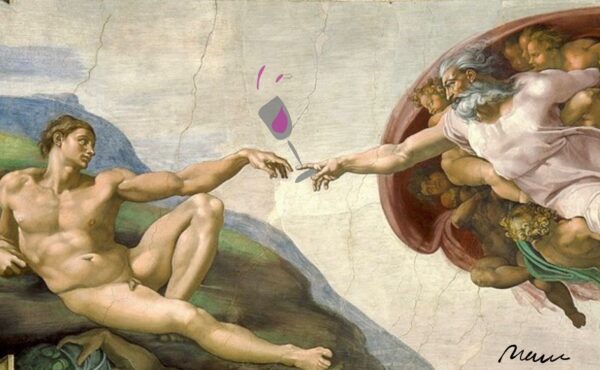
Is wine art or craft? It’s the kind of question that can seem fun to knock around when the evening grows late and the company is the sort to have opinions and enjoy airing them out. I’ve gone more than a few rounds with friends on this topic, and while I’m not sure I’ve been able to fully convince even myself one way or the other, the exercise continues to feel worthwhile.
My current thinking is that the art v. craft debate is almost entirely a thicket of our own devising. At bottom, art and craft are each a kind of fashioning — something that anthropologists tell us is a peculiarly human obsession — with more in common than not. And while A&C seem to have been happy to stroll along arm in arm for a few tens of thousands of years (for Aristotle, art’s oppositional counterpart was nature, not craft), somewhere along the line we decided that art was a different, better sort of fashioning.
In this view, art is something that begins in craft practice, but at some point transcends it. Craft is the caterpillar; art the butterfly, might be one way of conceiving of this rather remarkable metamorphosis. With this shift came an elevation in our notion of art as something uniquely expressive, visionary and moving. The question is, what makes art (and the artist) possible at all?
An answer I find increasingly compelling is that this possibility is largely contained in the nature of the materials and the work itself, and the degree to which the medium offers the worker/maker/fashioner freedom. The traditional fine arts: painting/drawing, sculpture, musical composition and literature all offer virtually limitless possibilities for creativity; while shoemaking, furniture making, metalwork, jewelry, and couture (to name a few) are by their nature far more limiting in this respect. For me, winemaking too, falls into this category. The processes and materials involved simply don’t allow for the kind of wide-ranging freedom of action art lays claim to. I regret to say no wine equivalent of the Sistine Chapel frescoes is on the horizon.
Wine has always been and remains amazingly rich in variety, symbolic meanings and magical/religious allusion, not to mention its unparalleled pleasure-giving, mood-enhancing properties. Its best examples have deep historical sources and are perfect paragons of craft. That’s more than enough for me.